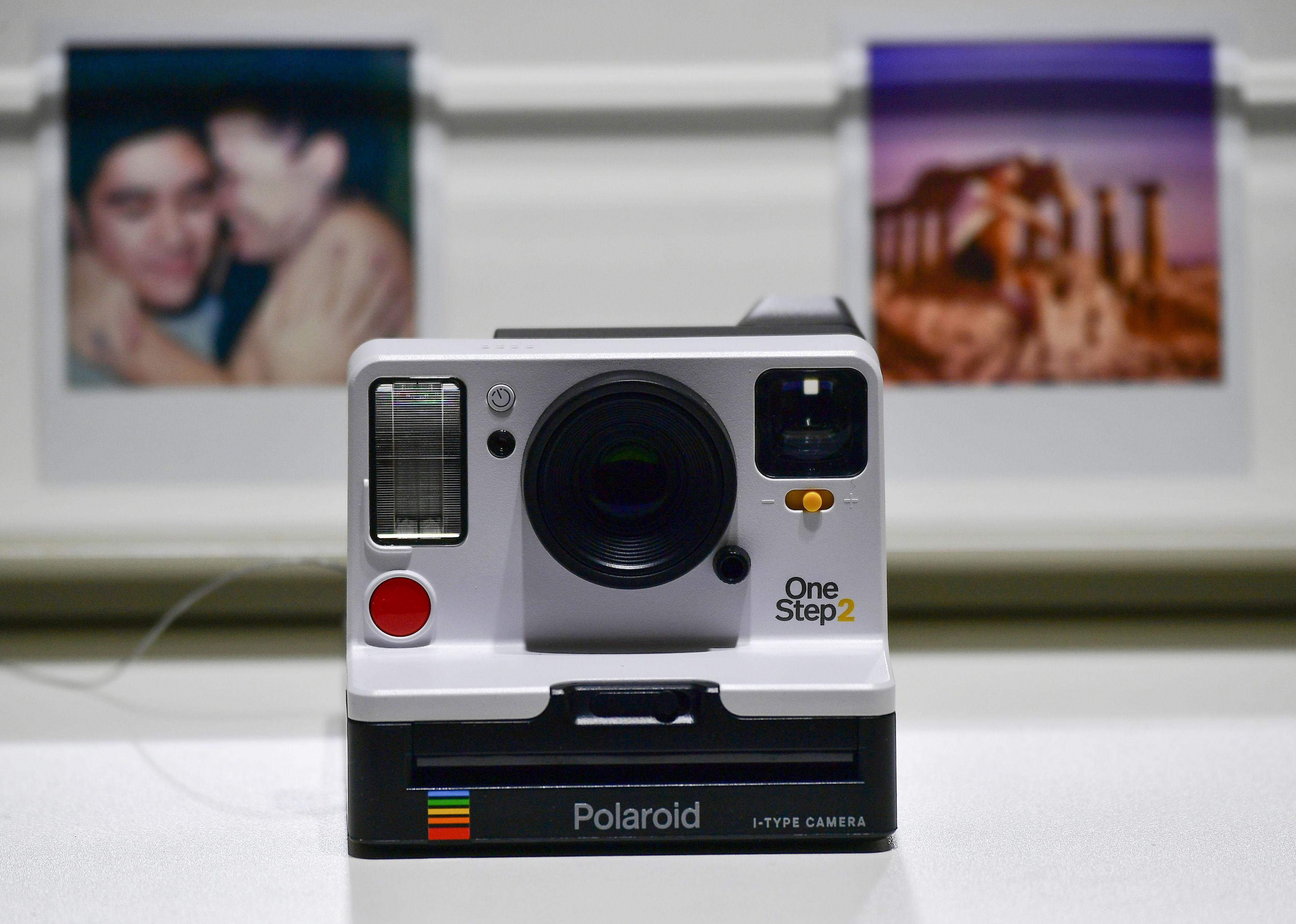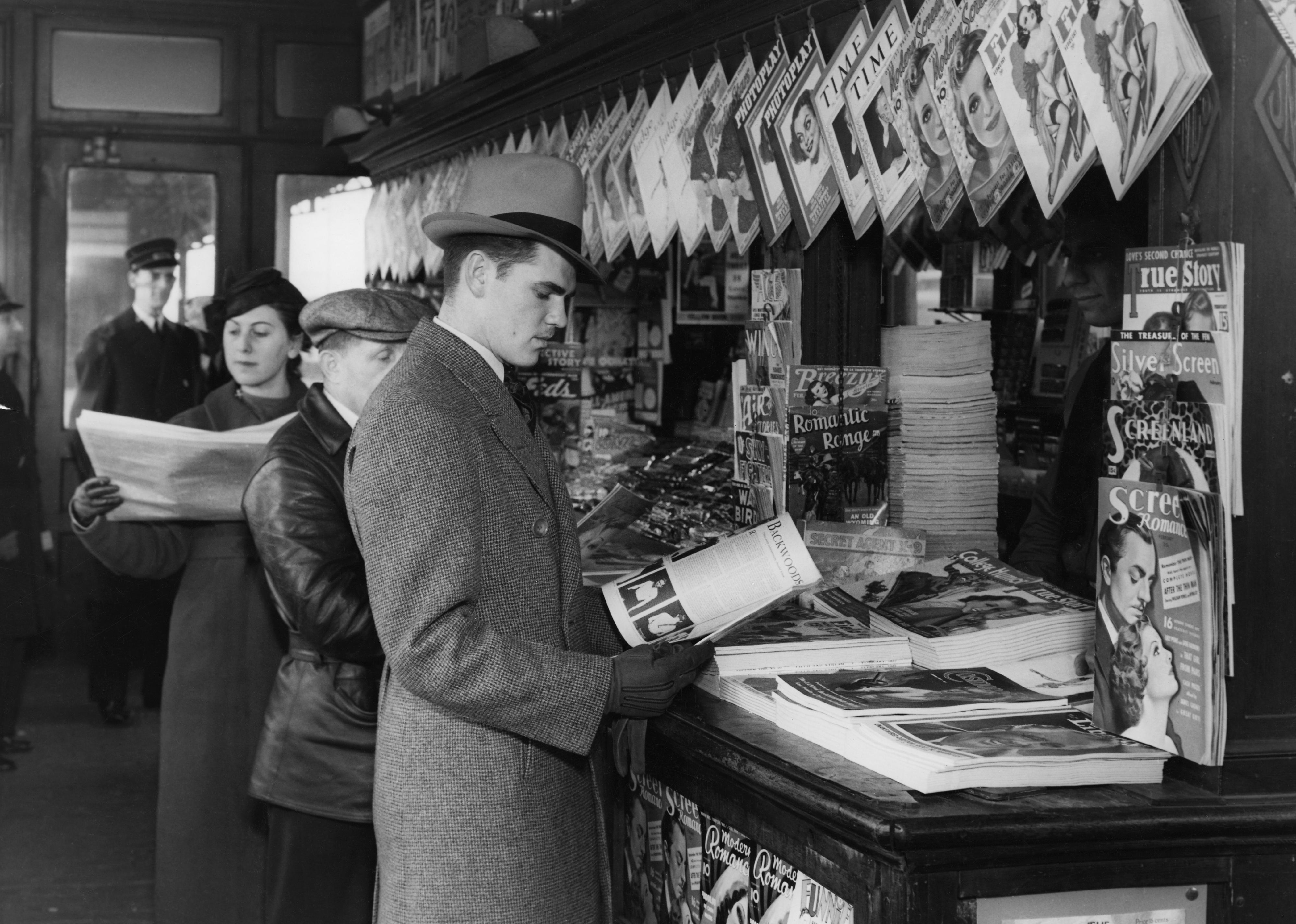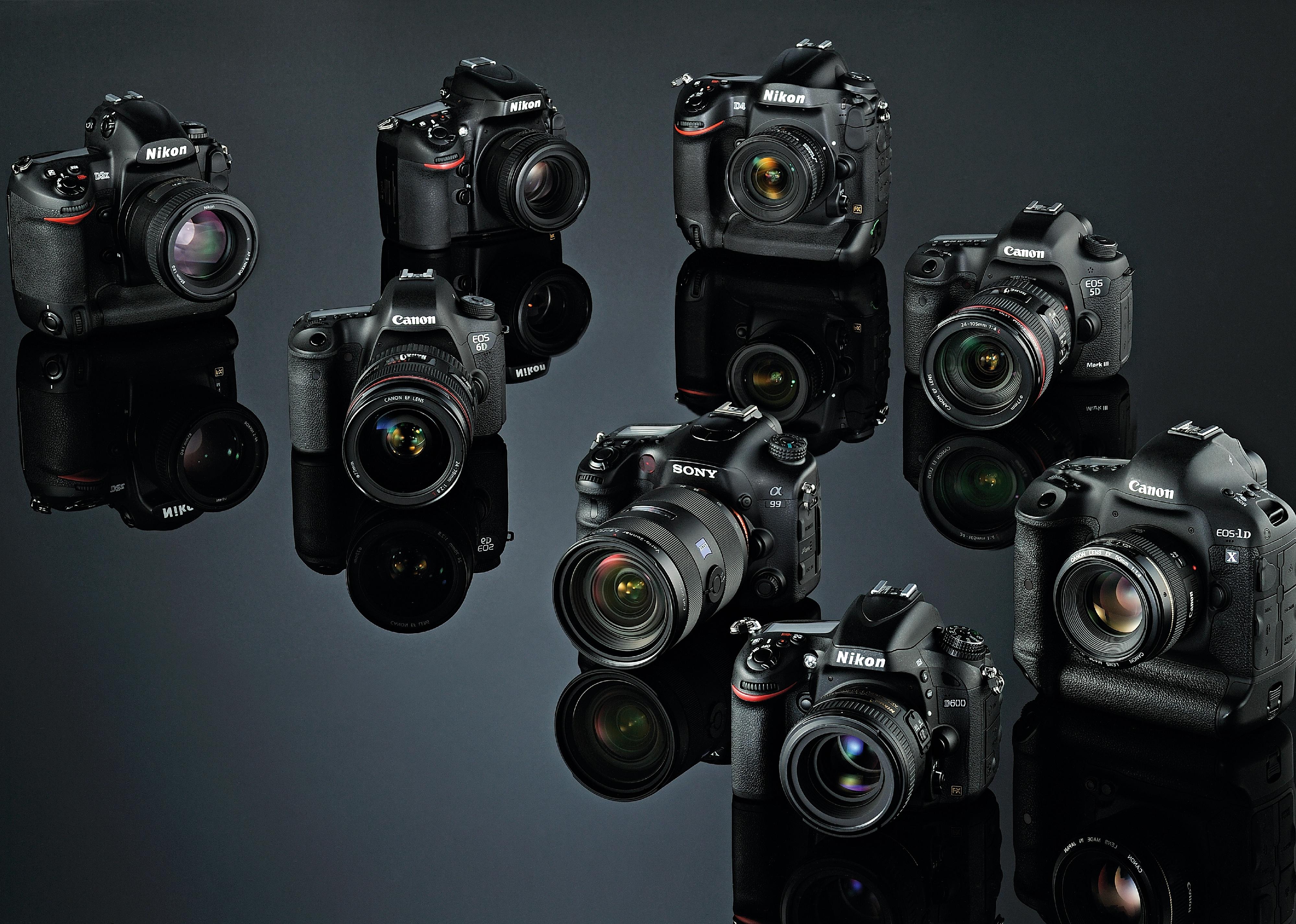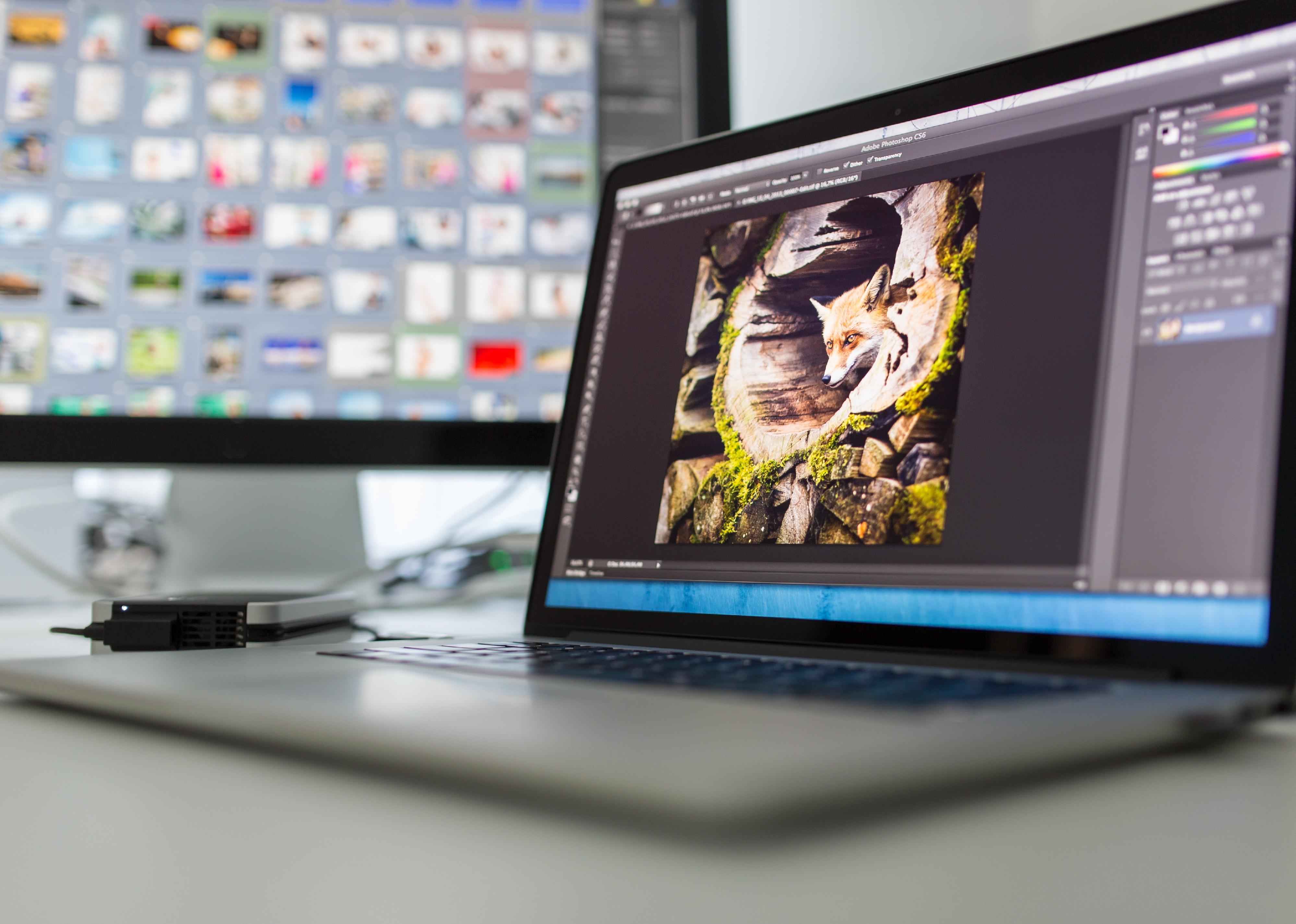- $60/hr
- New
- Instant book
- Responds within 1 hr
- Vancouver, BC
Find Photo Studio venues for rent near me
Talk to an agent about your upcoming project
Request a callback
Top Photo Studio venues
What people say about Photo Studio on Giggster
Find Photo Studio venues near me
How to find Photo Studio venues



Frequently Asked Questions
Find Photo Studio venues
About Photo Studio Venues
Photo studio venues are flexible spaces for diverse creative projects and events. The studio design allows floods of natural light to fill the area, hence why they work for photography. Most have high ceilings, making setting up lighting, changeable backdrops, and various bulky equipment possible.
Traveling photographers and videographers use photo studios in New York, Philadelphia, and other cities because of their controlled nature. The locations offer all-inclusive photo shoot solutions with flexible/adaptable lighting, quality sound systems, and in-house technical support.
A photo studio enables event planners to curate various, thanks to its sleek design and room for customization. The spaces regularly host photography classes, pictorial exhibits, product launches, and other art industry events.
Content creators can also run their operations from studios when working on photoshoots or film productions in NY, LA, or other cities.
The Best Events for Photo Studio Venues
- Artistic Workshops and Classes
Photo studios are functional and customizable backdrops for art classes and other creative workshops because their open-space design and floods of natural light support numerous artistic functions. Artists can host "paint and sip" events in these spaces while the natural lighting suits photography lessons covering multi-angle product imagery. Using fixed backgrounds and different photography gear makes learning fun and valuable by giving students real-life experiences working within creative settings. - Product Launches and Brand Events
Brand events and product launches work best in places that make people think creatively. Companies can easily make the area fit their brand because photo studios are like blank canvases. Clothing collections and wearable tech brands can use studio space for brand unveils or first-look reveals. The backgrounds cast the productions in the best light, and the available room can accommodate several sections, including seating, dining, and interactive areas. Guests can snap Instagram-worthy images against a thematic photo booth, helping the brand gain increased visibility from social media exposure. - Social Mixers and Networking Events
You can host networking events in a photo studio, converted into a stylish bar for such mixers. Set up your furniture in a fashionable manner to make places where people want to talk. Make the mood more lively by adding music, maybe a live DJ, and making room for dance. Use cyc walls or industrial elements as the backdrops for snack or drink bars. - Themed Parties and Celebrations
A photo studio can conjure up any imaginable setting for themed events. The space suits escape room experiences, trivia nights, and screenings. Studios with a blank canvas-style design have room to create a movie scene or time epoch for costume parties. The natural light, quality photography gear, and technical support allow such occasions to capture commemorative pictures.
What to Look for in Photo Studios
- Size and Space Flexibility
A photo studio is much like a blank paper ready for a writer to inscribe lovely words. The space flexibility makes it double as an event space, with room for visitors and different sectioned areas. As the name suggests, a photo studio backs professional shutterbugs who want to snap quality images with movable backdrops, lighting rigs, and roomy ceilings. - Layout and Accessibility
Search for a photo studio with an optimal layout when planning a photo shoot. Besides having a quality lens on your camera, the project requires a configuration that facilitates efficiency with several production stages for different scenes or sectioned event areas. Section an area for equipment storage with proper organization systems. The surroundings equally matter, and there should be ample parking with room for production vehicles and efficient loading/offloading mechanisms. - Ambiance and Style
A photo studio's aesthetics influence the beauty seen in photos. Getting the technical specifications right matters, but natural light and equipment positioning create varying ambiance by highlighting different image details. You'll find converted New York warehouses that host photoshoots, with their raw aesthetic and minimalist atmosphere giving pictures an industrial aesthetic. A modern NY studio has props and high-tech gear to back a photographer's progressive vision. - Services and Amenities
You are closer to your creative goals after renting a photo studio that checks all the boxes, and it's even more helpful if the space rental package bundles beneficial amenities. Access to an equipped space, quality cameras, lenses, adaptable lights, diffusers, and props support efficiency. Most studios have high-speed internet for event live streams or instant photo uploads. You'll enjoy technical support, dedicated parking, and site cleaning services even when renting the studio by the hour.
How to Make a Photo Shoot Better
- Optimize Lighting Solutions
A photo studio is a well-lit space. Rent the perfect spot, and naturally, lighting is king. An optimal placement will get you the desired effect, which impacts the photography style. Adjusting the lights and using different colored filters or dimmers switches moods between shots. - Creative Planning for Layouts
Optimal furniture positioning that considers lighting placement, props, and other gear is part of prepping a photo studio for a shoot. The space has a pre-set configuration and won't need many changes if you rent it by the hour. You can make personalized adjustments for your project on a lengthy lease, with room for additional gear you hire or a custom-built set. An event has different layout requirements, with sectioned seating and dancing areas. - Incorporate Technology Intelligently
Every photo studio has distinct features, and some offer advanced tech solutions. Generally, most have modern music systems, projection screens, Wi-Fi, and power outlets, making each occasion more professional. A digital guestbook will impress guests, and you can also use innovative ideas for film productions or photo projects. - Curate a Memorable Atmosphere
When you go to a photo studio event, it should be fun and memorable. Curate an experience with little mood-shaping gestures, like playing soft music in the background and serving bite-sized delights with intoxicating aromas. The same applies to photo or video shoots; use cleaning robots around the space and use fun, interactive tools during production. - Smart Budgeting for Maximum Impact
It's the same for a photoshoot budget, and how much you can spend influences what studio spaces you can rent, the props you can use, and the production quality through the equipment you hire. Working with a restricted budget doesn't mean skimping on details, and New York offers affordable photo studio options with props and other beneficial amenities bundled in the package. Turn to smart budgeting ideas, like booking a studio by the hour for the required duration or using the in-house camera and sound technicians.
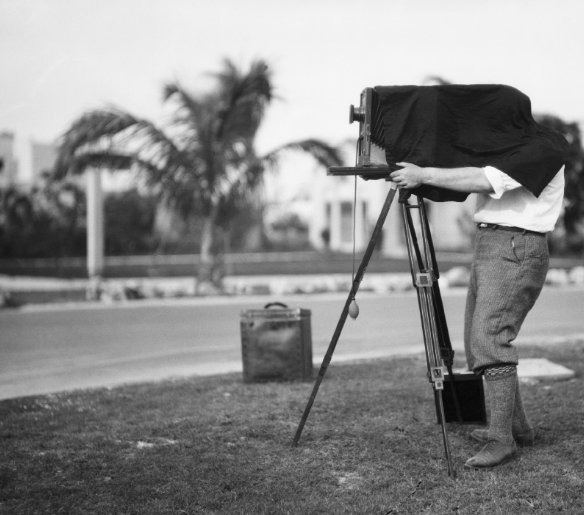
From film to AI-powered images: How the photography industry has changed over time
Many early photography professionals would likely struggle to conceptualize a handheld camera in the hands of nearly every U.S. citizen, let alone the added capacity to create videos, time-lapses, and panoramas instantly with the click of a button.
Today, most of us carry a highly advanced camera at all times, with the unprecedented ability to photograph, edit, and share swiftly. Getting to this level of sophistication took many decades and followed some truly incredible innovations from engineers and photographers throughout the 20th century.
Early on, the first step to capturing an image was using a camera obscura, which translates to "dark chamber" in Latin. The tool could project images onto a surface but lacked the light-sensitive plate to retain that image, so artists would trace the final pictures onto surfaces.
When Joseph Nicéphore Niépce paired this technology with a pewter plate coated with light-sensitive bitumen to capture a landscape, an enduring image was born in 1826. From there, more innovations in photography came in rapid succession, from daguerreotypes (which yielded detailed images) to calotypes (which decreased exposure time to mere seconds) to a wet collodion process (which was even faster and more detailed).
While many incremental steps were taken, the progress that got us to this point was largely spurred by Kodak. Its invention of the film camera, and subsequent innovations toward disposable cameras, brought photography out of the darkroom and into the home. In doing so, they created an entirely new mass market, introducing average Americans to the pastime of preserving everyday moments and events, which they coined "Kodak moments."
The consumer demand that followed led to a century of reinvention. Giggster delved into five ways the photography industry has shifted over time using sources from across the internet, including the Smithsonian Magazine, the Los Angeles Times, and the BBC.
From 35mm film to digital cameras; from mailing in disposable cameras for development to instant prints; from raw images to heavily edited ones, the photography industry has consistently and rapidly evolved over the past decades. With the advent of cellphone cameras, instantaneous digital photography and editing are more popular than ever, and as the world moves ever onward, more developments are already on the horizon.
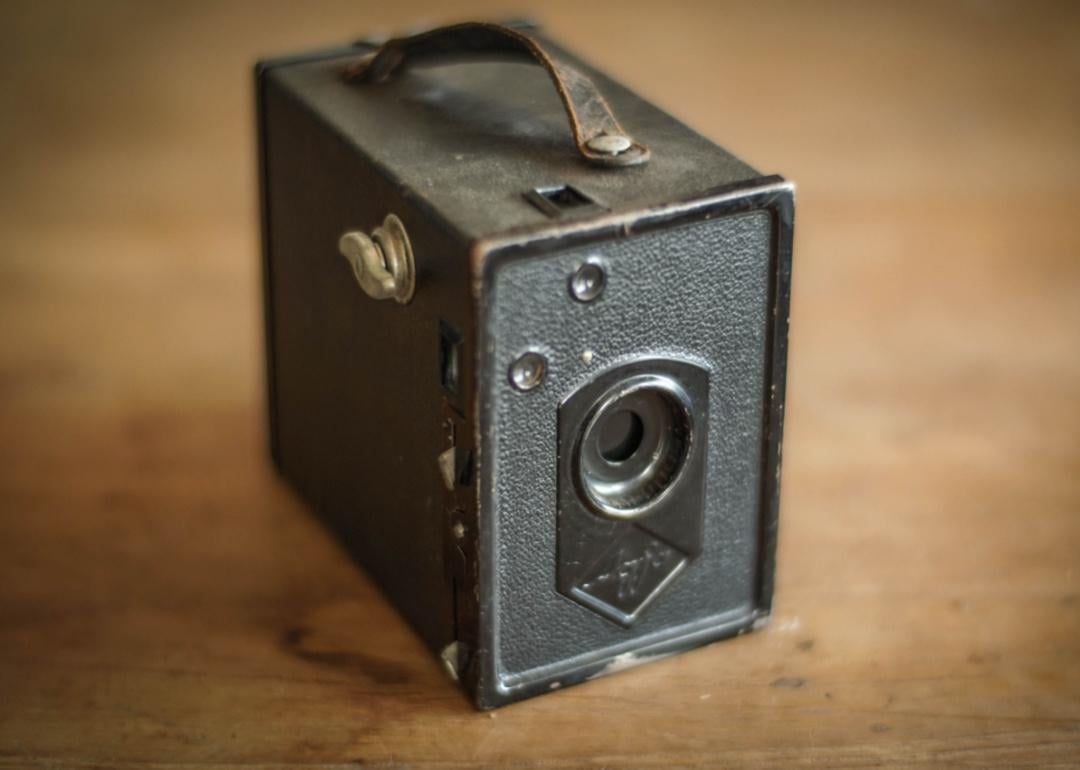
DARUNEE SAKULSRI // Shutterstock
Innovation powers the industry
From the second half of the 19th century until today, cameras have become nearly unrecognizable due to transformative developments. Toward the end of the 19th century, Kodak began manufacturing roll-film cameras, trying out many frame sizes until 35mm became the industry standard.
Around the same time, the Ready Fotografer pinhole camera was introduced as the first disposable camera. It used an accordion-like paper box, allowing light to form an image on a plate. Disposable or returnable cameras gained a massive surge in popularity seven decades later during the 1970s when brands such as Kodak, Fuji, and Technicolor raced against each other to create an ever-cheaper but high-quality model.
The first digital camera was developed in 1975 by Kodak engineer Steven Sasson, with a resolution of 0.01 megapixels, and took 23 seconds to take a photo. Digital cameras overtook disposables in popularity thanks to the development of the CCD light sensor that essentially replaced the film's job within the camera. Today's phones boast 200-megapixel cameras to help put the advancement into perspective.
TOBIAS SCHWARZ // Getty Images
Big photo brands rise—and fall
During the reign of disposable cameras in the 1970s, '80s, and '90s, photography giants like Kodak, Polaroid, and Fuji constantly tried to outdo each other in developing new and improved models. However, not all these brands have survived the transition to the 21st century's digital revolution.
In 2012, Kodak—once a company synonymous with photography and in control of 70% of the U.S. film market—filed for bankruptcy. The company's downfall was its refusal to believe the growing trend toward digital photography should be taken seriously, neglecting to develop new options for consumers.
Similarly, the Polaroid company, which once controlled about 66% of the U.S. instant camera market in the 1970s, filed for bankruptcy in the 2000s after failing to evolve with the digital revolution. After years of ignoring the popularity of digital cameras like the ones produced by Canon or Nikon, Polaroid finally found itself facing its demise and eventually shut down production by 2008.
Bettmann // Getty Images
Photos became an integral part of mass media
The 1930s through the '50s saw a "golden age of photojournalism" in the United States, as the government commissioned photographs of the public programs it had created in response to the Great Depression. It set a precedent for documenting not just historical events, but also personal moments in the lives of famous and influential figures.
Through the lens of government-commissioned photographers like Dorothea Lange, Margaret Bourke-White, and Walker Evans, the public saw indelible images of life in America, which the government then offered to newspapers and magazines across the country at no cost.
Magazines like Life, Look, and Fortune grew from this early age of photojournalism. Their production demanded a steady supply of photos to entertain readers. Besides America's first family, the public was eager to witness war, world events, and Hollywood's glamor printed on their pages. Televisions were not yet a fixture in every American's home. With radio as the de facto news and entertainment source, these magazines and newspapers offered the only available visual coverage.
Photographers extensively captured the Great Depression throughout the 1930s, allowing readers in New York to see the hardships in the Dust Bowl with their own eyes. Similarly, photographers provided a constant pipeline between the public and Washington during the presidency of John F. Kennedy in the 1960s. They regularly documented the lives of the president and first lady Jackie Kennedy—both in front of and behind White House doors.
Digital Camera Magazine // Getty Images
Corporations now dominate much of the industry
Passport photos, stock photos, graduation photos, and nearly every other photography need are now mainly in the hands of large corporations. JCPenney, Walmart, CVS, and other chains offer quick, efficient photo studio services. Getty Images has dominated the stock photo business for decades, currently sitting on an archive of over 350 million images.
While big corporations run many aspects of the photography world—Sony, Nikon, and Canon, to name a few—their growth and future are fueled by the creativity and entrepreneurialism of individuals and small businesses, including wedding photography and school portraits. However, these photo giants are increasingly impeding creatives from making steady earnings, especially when taking hefty royalty fees for licensing out their work.
l i g h t p o e t // Shutterstock
The digital revolution continues with AI use in photography
Since the shift away from film in the late 20th century, innovators have quickly taken advantage of digital photography's possibilities. Digital technology offers photography, editing, and sharing on larger scales and faster timelines than ever before. It also allows for almost unbelievable manipulation capabilities.
Tools like Luminar AI, Pixlr, Ribbet, and the giant Adobe Photoshop now even use artificial intelligence to help streamline the work of removing backgrounds, upscaling low-resolution images, and detecting faces. Image companies are continually advancing the depths to which photographers can edit and enhance their work: Photo editing software is projected to balloon to a $1.48 billion market by 2027.
Today, the term "photo" spans definitions, from a raw, unprocessed image to a heavily manipulated and altered piece of art, leading to debates on whether both merit the title "photograph"—or another title entirely.

























































